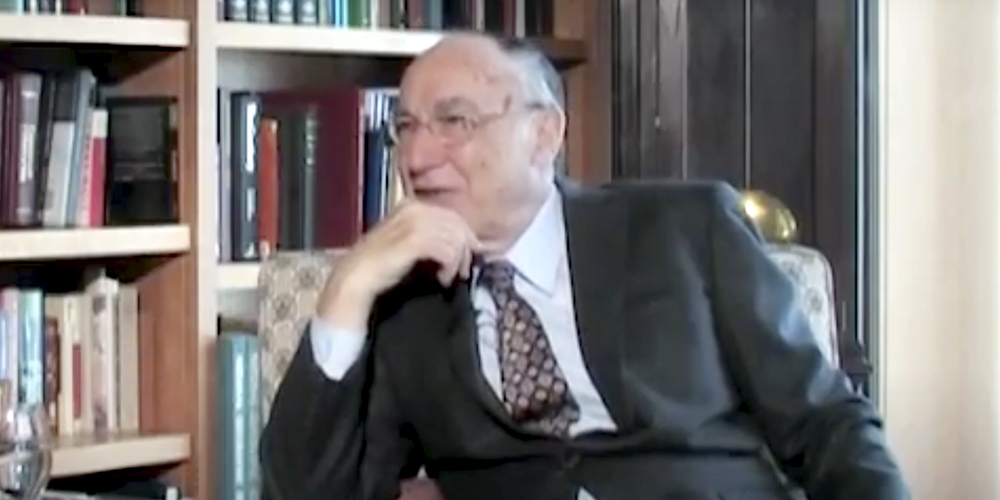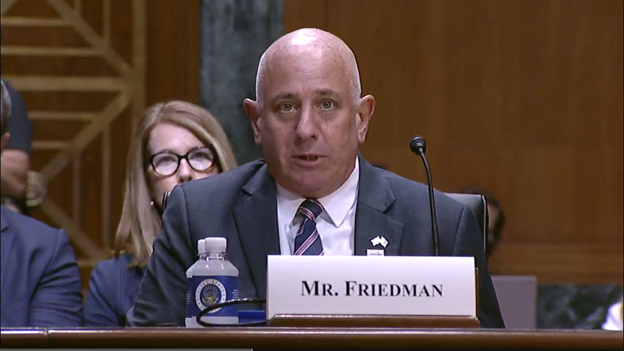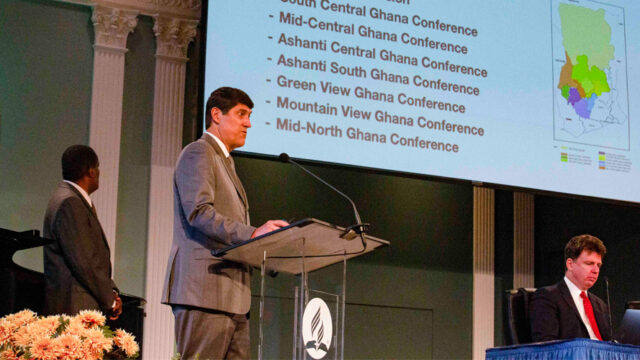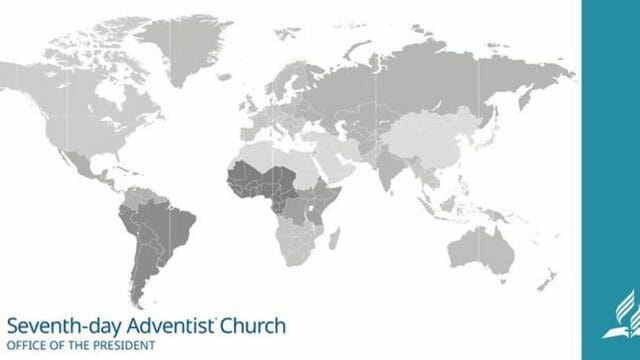Renowned Biblical Archaeology Review editor dies at 90.

Hershel Shanks, founder and longtime editor of the popular magazine Biblical Archaeology Review, has died. Shanks passed away at his home in Washington, D.C., February 5, 2021, at the age of 90.
Born in Sharon, Pennsylvania, United States into a Jewish family, Shanks initially chose a career as a lawyer. He discovered a new passion for biblical archaeology during a sabbatical in Israel in 1973. Fascinated by archeological finds in Jerusalem, Shanks wrote a book, The City of David: A Guide to Biblical Jerusalem (1973), which was well-received. The Tel Aviv newspaper Haaretz called Shank’s book “fascinating in an armchair; indispensable on the site.”
Encouraged by his success, Shanks launched a new magazine upon his return to the United States in 1975; he called it Biblical Archaeology Review. The idea was to keep readers abreast of new and interesting archaeological finds in Israel and neighboring lands, known as the Holy Land.
Substantial Growth From Modest Beginnings
The magazine began modestly as a small publication printed in brown ink on cream-colored paper. I personally ordered a subscription soon after the magazine’s inception and have maintained that subscription to the present.
Biblical Archaeology Review quickly grew in popularity, and within a few years it transitioned to full color and a larger format. Its covers were soon featuring full-color images of the latest archaeological finds from the world of the Bible.
Shanks increased interest in his publication by recruiting top scholars to write articles on their archaeological finds. The scholars were free to express their personal opinions about their finds in relation to biblical historicity. While many scholars felt their finds supported the basic biblical narrative, the conclusions of others indicated that they contradicted the Bible. This often led to strong differences of opinions between scholars. Some would write rebuttals, either in a letter to the editor or with full articles of their own to challenge the original author’s interpretations. Readers were also free to weigh in.
Having a ringside seat to scholarly debates and arguments made the magazine incredibly popular with lay readers. Most felt it increased their understanding of the Bible, even if some conclusions were challenging. On the other hand, the controversies led other subscribers to cancel their subscriptions.
In spite of the many canceled subscriptions, however, Biblical Archaeology Review’s overall popularity continued to grow. At its peak, the magazine had a subscription base of more than 250,000—with some 600,000 people reading a borrowed copy. This was certainly more subscribers than any other journal or magazine dealing with biblical archaeology. Hershel Shanks’ foray into the publishing business was by various measurements a success.
Connecting With Scholars
In the search for news on the latest archaeological discoveries, Shanks would regularly attend the scholarly meetings of the American Schools of Oriental (now called “Overseas”) Research (ASOR). This was the major scholarly society for archaeologists who work in Israel, Jordan, Syria, and neighboring lands. Hershel would typically sit in the front row so he could easily hear the speaker’s presentation. He scribbled notes on key points and would then rush up to the podium following the presentation to ask questions or to recruit the presenter to write an article for the magazine.
Shanks’ Biblical Archaeology Review proved to be a real benefit to archaeologists who worked in the Holy Land. It provided an exposure to archaeology that scholars in other disciplines didn’t normally enjoy.
Annually, Shanks would feature a major article on all the digs that were to take place in the Holy Land the following summer. The article would be illustrated with a map showing site locations, the biblical periods being worked, and details on how students and other volunteers could join up. Adventist digs in Jordan were regularly featured in this issue and led to many volunteers joining the projects. A few articles reporting on the discoveries from the Adventist digs were also occasionally published.
Pressure to Publish
Another way Shank’s magazine advanced the scholarship of biblical archaeology was by pressuring scholars to publish their materials. The most celebrated example of this was the Dead Sea Scrolls. For many years after their initial discovery in 1947, the Dead Sea Scrolls were in the possession of a small number of men who had been tasked to publish them. The rest of the scholarly world waited impatiently for decades to find out what precisely was in the scrolls. Shanks broke the scholarly logjam by getting possession of photos of the scrolls and publishing them for all the scholarly world to see. While this broke with scholarly protocol—and Shanks was successfully sued for doing this—it did lead to a flood of useful publications about what the scrolls contained. Most scholars seemed quietly grateful for what Shanks had done.
A Personal Visit With Shanks
The most substantial conversation I had with Hershel Shanks was at a meeting in the lecture hall of the National Geographic Society headquarters in Washington, D.C. We were there for a presentation of a book by Eric H. Cline, From Eden to Exile: Unraveling of Mysteries of the Bible. In the book, Cline cited Adventist archaeology favorably, and I was asked to respond. Shanks had also been invited to participate, and at the pre-program dinner for the participants, Hershel chatted with me about various archaeological issues. He then asked me why the belief in a historic Adam and Eve was so important to Adventists. I shared with him the reasons the historic Fall was important not only for Adventists but for most Christians, and how the biblical understanding of this Fall played into our understanding (as explained by the apostle Paul) of the need of Jesus Christ as our Savior. Hershel was gracious in the exchange.
Through his magazine, Biblical Archaeology Review, Hershel Shanks brought the world of the Bible alive for hundreds of thousands of readers. All people interested in the Bible—both believers and nonbelievers—owe him a debt of gratitude.








